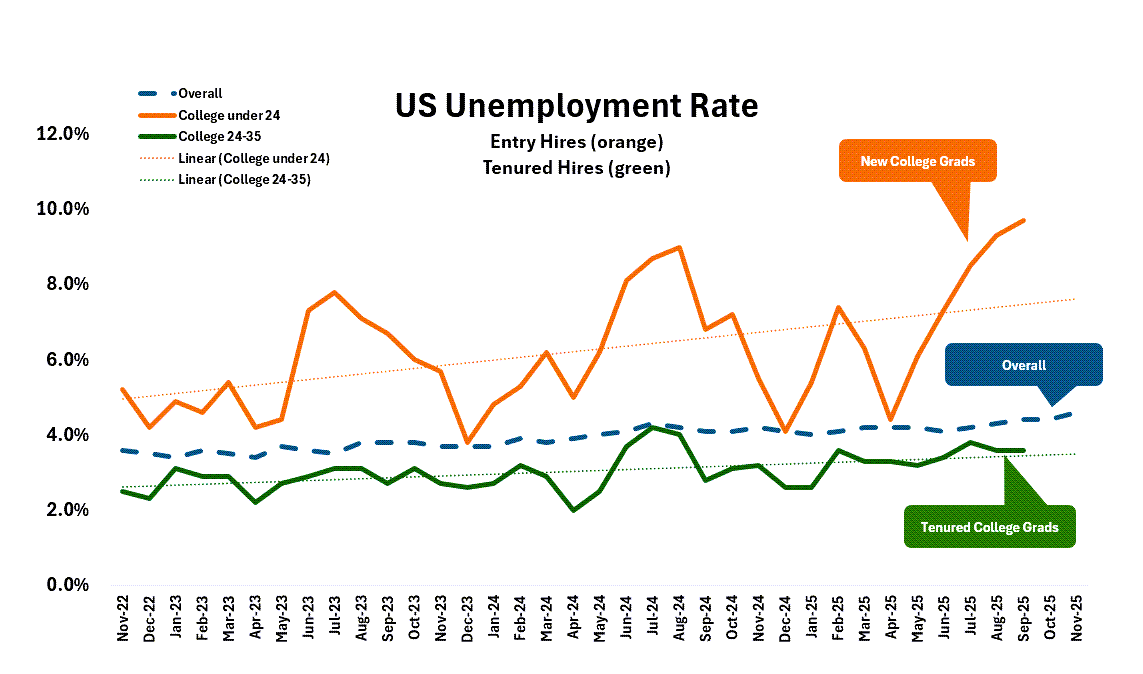 AI adoption
AI adoption
 AI adoption
AI adoption
 AI adoption
AI adoption
 AI adoption
AI adoption
 AI adoption
AI adoption
 AI adoption
AI adoption
 AI adoption
AI adoption
 AI adoption
AI adoption
 AI adoption
AI adoption
 AI adoption
AI adoption





 扫一扫
添加客服
扫一扫
添加客服




